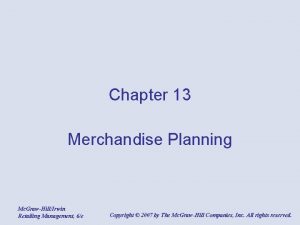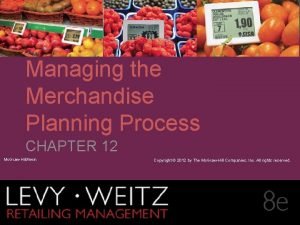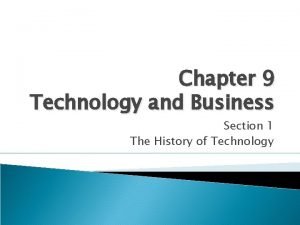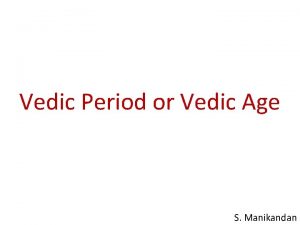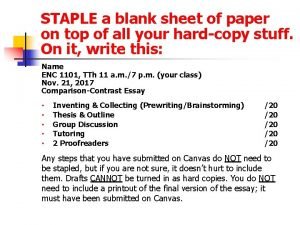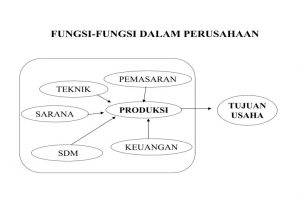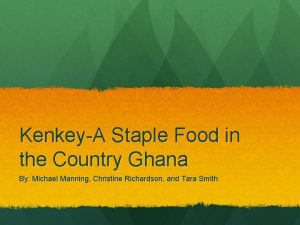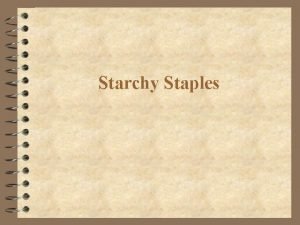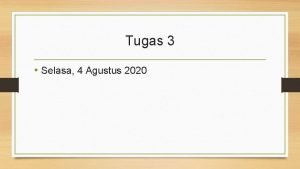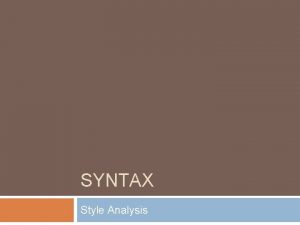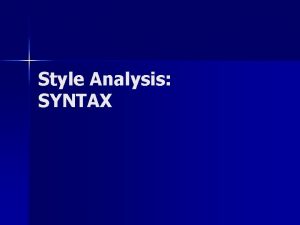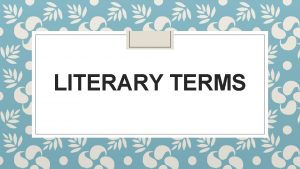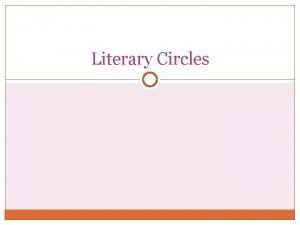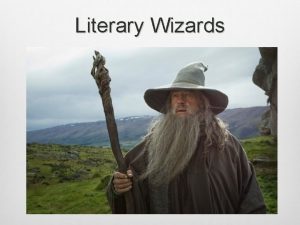Syntax A literary analysis staple What is syntax












- Slides: 12

Syntax A literary analysis staple

What is syntax? Syntax is the arrangement of words and phrases to create meaningful sentences, using language to convey deeper significance.

Describe the syntax The walrus is a large mammal. The walrus has flippers, tusks and small eyes. The walrus uses its tusks to cut through ice. The walrus migrates north in the summer and south in the winter.

Describe the syntax I have a dream that one day on the red hills of Georgia, the sons of former slaves and the sons of former slave owners will be able to sit down together at the table of brotherhood. I have a dream that one day even the state of Mississippi, a state sweltering with the heat of injustice, sweltering with the heat of oppression, will be transformed into an oasis of freedom and justice. I have a dream that my four little children will one day live in a nation where they will not be judged by the color of their skin but by the content of their character. I have a dream today! -Dr. Martin Luther King, Jr. : “I Have a Dream”

Practice with The Things They Carried Take a closer look at the passage from “Sweetheart of the Song Tra Bong. ” As you read, highlight and annotate O’Brien’s use of syntax in the passage. Next, answer the questions that follow the passage.

Sentence Types Simple: subject – verb (I went to the store. ) Compound: two independent clauses joined by a conjunction (I went to the store, and I bought candy. ) Complex: independent clause and dependent clause (While traveling to the store, I saw my friend. ) Compound-complex: two independent clauses and one or more dependent clauses (While traveling to the store, I saw my friend, and she gave me money for candy. )

Sentence Types Continued Declarative: statement (I went to the store. ) Exclamatory: strong feeling (What a wonderful candy store!) Interrogative: question (Is this a store? ) Imperative: command (Go to the store. )

Analysis Tips: Long Sentences Is the author trying to replicate the physical movement of the character? Is the author trying to suggest confusion or simulate the rapid flow of ideas or emotions? Is the author piling on detail after detail to illustrate the enormity, the weight, or extensiveness of something?

Analysis Tips: Very Short Sentences Is the author trying to stress a key idea? Is the author trying to sound objective and/or factual? Is the author trying to convey anxiety or quicken the pace in contrast to longer, more complex ideas?

Analysis Tips: Repetition Is the author trying to stress a key idea? Is the author using repetition to convey emotion?

Back to The Things They Carried What is the effect of the syntax O’Brien uses? Identify three examples from the passage to support your claim. Knowing all you know about the content of the chapter as a whole, how does the syntax of this passage reveal more to the reader?

More Practice Select an excerpt from this chapter that is one to three paragraphs – about a page in length. Read and study the passage, answering the same questions: Where does O’Brien use unique words or phrases? How does O’Brien vary his sentence lengths and structures? Why does he do this? What effect does this syntax achieve? Identify three examples from the passage to support your claim. Knowing all you know about the content of the text as a whole, how does the syntax of this passage reveal deeper meaning?
 Simple machines scissors
Simple machines scissors It refers to the focal terminus of fingerprint pattern
It refers to the focal terminus of fingerprint pattern Merchandise planning
Merchandise planning Managing merchandise assortment
Managing merchandise assortment Businesses often call their stores and warehouses
Businesses often call their stores and warehouses Staple gun for wounds
Staple gun for wounds Veda meaning
Veda meaning Blank sheet of paper meaning
Blank sheet of paper meaning Convenience products adalah
Convenience products adalah Staple food in ghana
Staple food in ghana Spurge plant with starchy root
Spurge plant with starchy root Bahan serat yang terdapat di lingkungan sekitar
Bahan serat yang terdapat di lingkungan sekitar Staple convenience goods examples
Staple convenience goods examples


